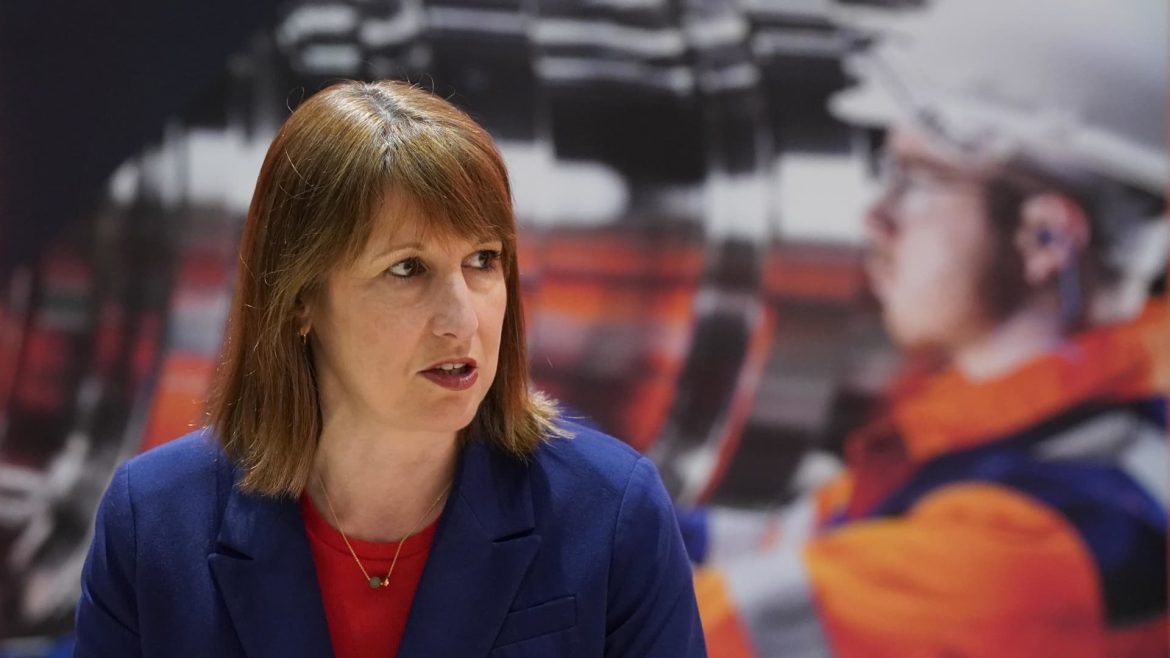The Latest UK Spending Review: Winners, Losers, and Strategic Priorities
The UK government, led by Chancellor Rachel Reeves, has unveiled its most recent spending review, marking a pivotal moment in setting public expenditure priorities amid economic pressures and political negotiations. This comprehensive fiscal blueprint, detailed over the next several years up to 2029-30, reveals clear winners and losers across various sectors, signaling tough trade-offs and strategic directions under the current Labour administration.
Capital Spending and Fiscal Context
At the heart of the spending review is a £113 billion capital spending plan aimed at investing in infrastructure, defense, and technology. This substantial commitment, however, masks the challenging decisions required to balance expanding investment with fiscal discipline. The overall government budget exceeds £2.7 trillion, encompassing both day-to-day spending and long-term capital projects.
The emphasis on capital outlay is designed to stimulate growth, modernize public services, and reinforce national security. Yet, despite this large figure, certain departments are facing squeezes, and expenditure cuts remain inevitable in some areas to accommodate rising spending in priority sectors.
Defence Spending: A Clear Winner
Defence emerges as one of the clearest winners in this round of budget allocations. The government has committed to increasing defense spending from 2.3% of GDP to 2.5% by 2027. This rise translates to approximately a £6.4 billion increase compared to if spending had remained flat. The boost signifies the government’s intention to shore up military capabilities amid geopolitical uncertainties.
To fund this increase, international aid budgets are set to be trimmed, reflecting a policy choice to prioritize domestic security over global assistance. The defense sector will benefit from greater resources ensuring modernization of forces and infrastructure, consistent with broader government aims to renew Britain’s national strength.
Health and Justice: Sustained Investment with Nuances
Health continues as a protected department, receiving sustained funding increases, though details highlight the ongoing challenge of meeting rising demand without exacerbating budgetary pressures. Similarly, the justice sector, notably the Ministry of Justice, secured a significant allocation with £4.7 billion earmarked for constructing three new prisons. This will address capacity issues and support the government’s law-and-order agenda.
Despite these planned investments, these sectors, while winners relative to other departments, still face operational challenges associated with efficiency and service delivery under tighter fiscal constraints.
Transport and Infrastructure: Winners with a Focus on Affordability
Transport infrastructure in England sees meaningful investment, with a notable policy decision maintaining bus fares capped at £3, a measure extended beyond its initial sunset date. This subsidy reflects a commitment to affordable public transport and environmental goals by encouraging usage.
Capital projects and infrastructure investments more broadly are highlighted as growth catalysts, aiming to better connect regions and boost economic opportunities. While transport is a beneficiary, it is also under pressure to deliver efficient outcomes within budgetary limits.
Technology and Innovation: Strategic Investments
A standout announcement is the allocation of £750 million toward the UK’s most powerful supercomputer to be housed in Edinburgh. This investment in cutting-edge technology underscores the government’s ambition to foster innovation, support scientific research, and maintain competitiveness on a global scale.
This focus on tech infrastructure aligns with broader ambitions to transition the UK economy toward high-tech industries and knowledge sectors as engines of growth and resilience.
Departments Facing Cutbacks
While some sectors benefit, several others face notable funding squeezes or cuts. Precise details are often withheld pending further refinements, but it is clear that departments outside the so-called “protected” areas will encounter greater financial pressure.
The tension between expanding spending in priorities like defense, health, and infrastructure and maintaining overall fiscal balance inevitably results in difficult trade-offs. These cutbacks reflect the government’s effort to reprioritize spending in alignment with strategic goals, but they inevitably impact the services and programs reliant on those budgets.
Economic and Political Implications
The spending review carries significant economic weight, shaping the public sector’s capacity to deliver services and invest in the future. The government’s choices reflect a balancing act between fiscal responsibility, social commitments, and geopolitical realities.
Politically, the spending allocations illustrate the influence of Rachel Reeves’ leadership in navigating cabinet dynamics and external pressures. There are clear signals of a shift in priorities from previous governments, with a focus on “renewing Britain” through defense, infrastructure, and innovation investments.
Conclusion: A Review of Trade-offs and Strategic Vision
The 2025 UK spending review represents a defining fiscal moment, blending ambitious investment plans with stark budgetary trade-offs. Defense, health, transport, and technology stand out as winners, benefiting from enhanced funding and signaling government commitments. Conversely, other departments face financial pressures that will require adaptation and, potentially, service rationing.
This review underscores the inherent complexity of public finance management in a challenging economic environment, requiring difficult decisions that balance immediate public service needs and long-term national priorities. Chancellor Rachel Reeves’ approach exemplifies a strategy to modernize and strengthen Britain’s infrastructure and security landscape while navigating the inevitable losers in a highly constrained fiscal reality. The coming years will reveal how effectively these allocations translate into tangible outcomes for the UK populace.





